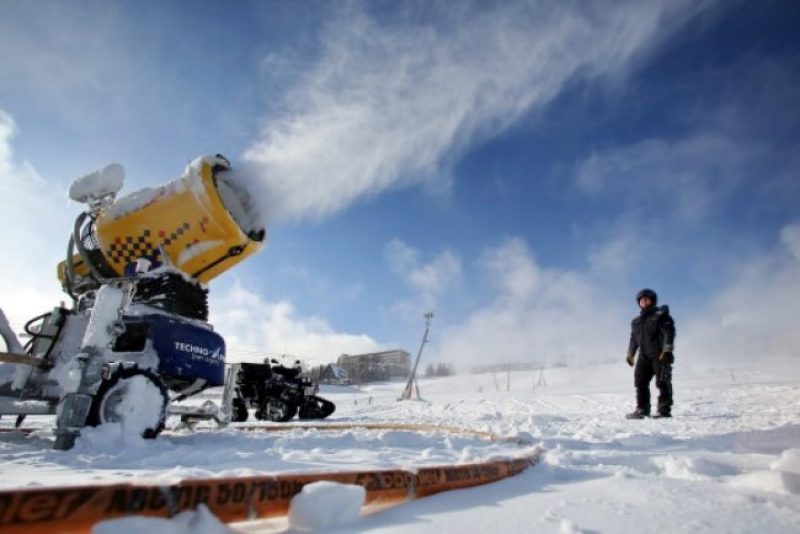Winter is coming all right. The starter gun has fired and already, the ski season is well under way with record falls of snow in the French Alps. Ensure you’re ski fit before you go with this quick guide…
As the huge number of French ski resorts prepare for the coming winter season, anyone thinking of hitting the slopes should ensure that their bodies are just as willing as their minds. As a taxi-driver in Les Arcs pointed out to me once: “People think that skiing is just a pastime, but it’s a sport. And, like all sports, you have to train for it… If your tendons aren’t ready, then… claque!”
He was right. Skiing is just about the most fun you can have with your clothes on but it’s also a highly physical activity that (particularly for the beginner or intermediate skier) will result in occasional collisions and abrasions. As we head into winter, it’s often the last thing that our sedentary bodies are prepared for and a few regular exercises will greatly reduce the possibility of the common injuries from a fall such as strained or torn tendons and ligaments (which apparently represent 90% of all skiing injuries), muscle tear or joint injury.
Skiing calls on in particular the use of the gluteal muscles (starting a turn), the adductor muscles (the ones around the hips to constantly keep the skis parallel after a turn) and the lumber muscles (in use keeping the skier in the bent position). These and the tendons around the knees are the main ones to keep in shape to cut your chances of having your winter wonderland snapped short by injury, with the following exercises designed to also reinforce the quadriceps and abdominal muscles.
It’s also important to have a decent level of aerobic fitness in readiness for the mountain. There is the lack of oxygen, the weight of the boots and the cumbersome element of carrying and moving around on skis on a slippery surface to consider. Essentially, it’s a case of your body being asked to make a series of little efforts every day for a week of the sort that it wouldn’t normally be making during the course of your average day at home in wet and windy Ireland.
In order to ensure maximum efficacy of these exercises, it’s recommended to begin at least three weeks before departure for the slopes and you should do them regularly – at least four times a week.
Thigh Muscle Exercises
The chair exercise: Standing with your back pressed flat against the wall, feet parallel and apart by the width of your thigh, keep your arms out in front of you and descend slowly until your thighs/upper legs are parallel to the floor.Hold this position for at least 20 seconds. Repeat eight times.
Balancing Exercises
Stay crouched on one leg like a bird – arms extended, other leg extended – to achieve a good extension of the back.This exercise gets your body accustomed to balancing, using muscles that aren’t normally called upon in our everyday lives. Repeat ten times, giving each leg ten seconds at a time.
Abdominal Reinforcement
Sitting on a chair or a bench, with your legs bent beneath you and raised and your shoulders turned.Keep this position for ten seconds for each side and repeat ten times in a row.
Cardio-vascular Exercises
All the above exercises should be carried out within the context of a cardio-vascular programme. Walking, cycling, swimming are all highly recommended so that you don’t find yourself out of breath at the bottom of the first descent. In your daily routine, you should make a point of avoiding the lift and the escalator in favour of the stairs and walk wherever possible.







 Tootlafrance is Ireland’s fresh new eyes on France, bringing you the latest news, exclusive celebrity interviews, political analysis, cultural events, property news and, of course, travel features written by top Irish journalists.
Tootlafrance is Ireland’s fresh new eyes on France, bringing you the latest news, exclusive celebrity interviews, political analysis, cultural events, property news and, of course, travel features written by top Irish journalists.